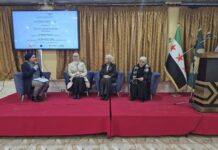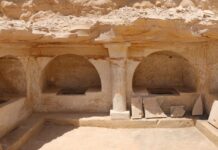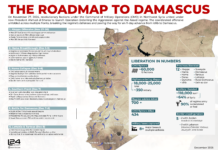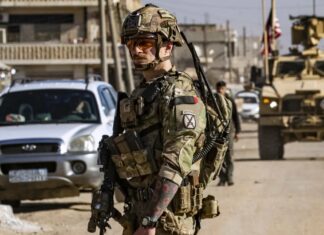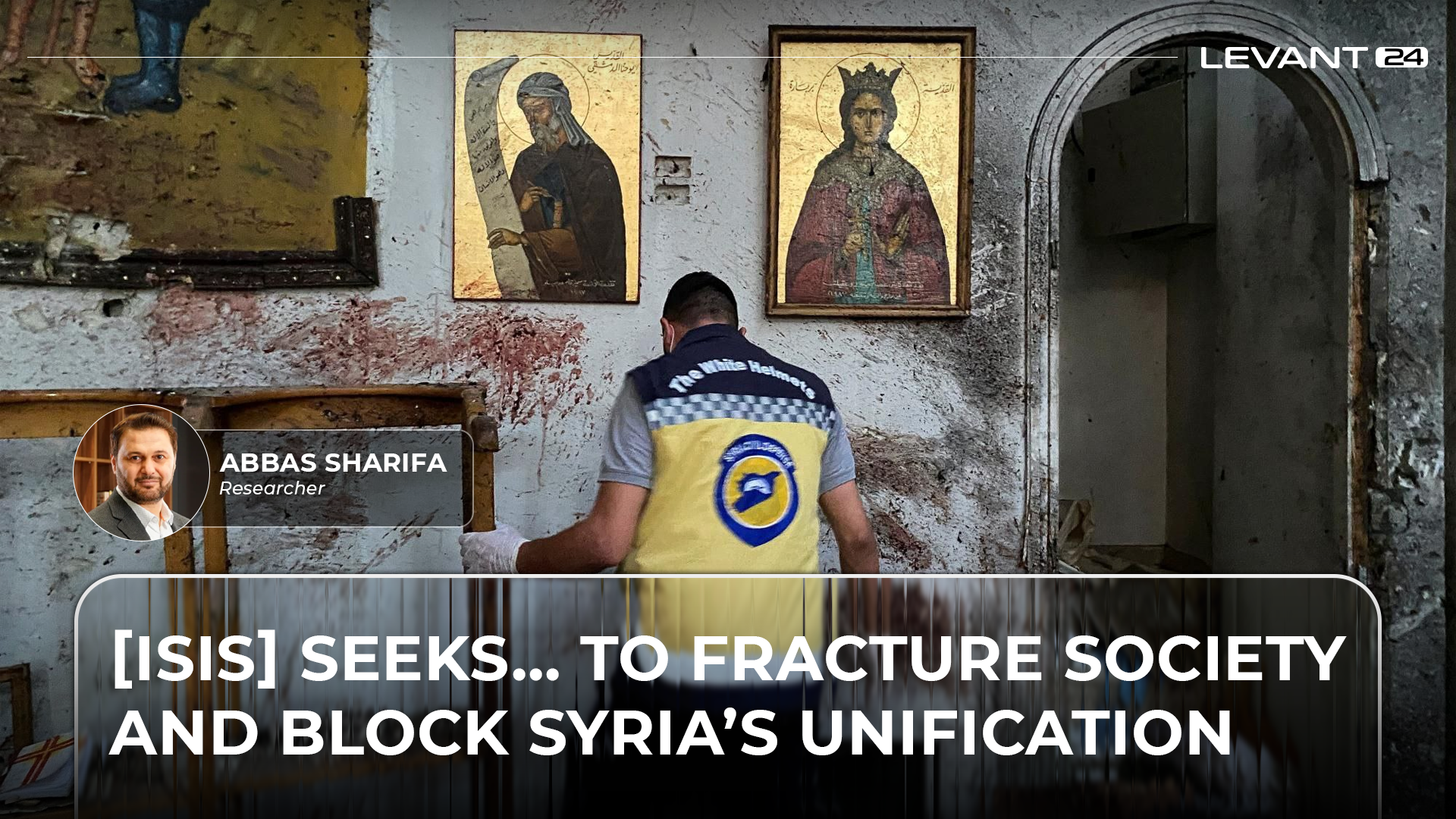
The blast tore through a Damascus church in June, killing 25 worshipers and injuring over 60 others. Hours later, security forces traced the attackers back to fighters who had slipped out of Hawl camp in Syria’s northeast—now emerging as a flashpoint in the country’s uncertain new era. The bombing was the deadliest attack claimed by the Islamic State (ISIS) in Syria since the collapse of Bashar al-Assad’s rule last December.
Nine months into Syria’s transition, officials and analysts say ISIS is no longer the territorial power it once was, but it is far from defeated. The group is exploiting vacuums left by political fragmentation, strained security forces, and foreign interference to reposition itself as a spoiler at a critical moment.
The Calm Before the Storm
Analysis of ISIS attack frequency reveals a sharp decline post-Assad, declining from over 700 attacks in 2024 to around 150 by mid-2025. In January 2025, only two attacks were recorded across Syria. By spring, the numbers told a different story: nine attacks in February, the number increased to 38 by May. The majority of ISIS attacks targeted SDF-controlled areas, making up approximately 93.8% of all post-liberation incidents with only around 6.2% of attacks occurring in areas under government control.
The violence ranged from roadside bombs against convoys to the group’s first car bomb in two years, detonated in Mayadin. Suicide assaults reappeared, including a strike on a Deir Ezzor checkpoint that killed a member of the Internal Security Forces. ISIS also attempted mass-casualty plots, among them foiled plans to bomb the Sayyida Zainab shrine—a Shiite holy site—and a Damascus highway bus.
“This isn’t collapse—it’s recalibration,” posits Rita Katz, head of the SITE Intelligence Group, which tracks jihadist media. “ISIS is repositioning itself for the long game,” shifting from open desert warfare to discreet urban cells.
From Desert Hideouts to Urban Cells
Long dependent on Syria’s central desert, known as the Badia, ISIS has shifted back into cities. Security raids in Aleppo, Damascus countryside, and Suwayda uncovered stockpiles of improvised explosive devices, anti-tank missiles, and even surface-to-air systems. Intelligence officials said some of the weapons originated from Assad-era depots.
In an interview with Levant 24, Syrian Interior Ministry spokesman Nouruddin al-Baba warned: “ISIS is trying to exploit the state of fluidity that Syria is suffering today as a result of the collapse of [Assad’s] criminal political system and an attempt to rebuild a national political system. ISIS is exploiting this transitional phase to penetrate the existing vacuums—whether through smuggling and storing weapons, establishing networks for logistical support, recruiting fighters and suicide bombers, or targeting state officials to discredit the government in front of the people.”

ISIS’s greatest advantage isn’t firepower—it’s the political fractures weakening Syria’s transition—the instability, caused by a lack of a unified and centralized national counterterrorism mechanism, allowing groups like ISIS to fester and slip through the cracks.
Cracks in the Wall
Analysts say ISIS thrives on the very fractures plaguing Syria’s transition. Rivalries between the SDF and Damascus, persistent Israeli airstrikes, counter-PKK Turkish operations in the north, and lingering Assad loyalist networks all disrupt cohesion in counterterrorism policy and planning.
Damascus-based researcher Abbas Sharifa explained to Levant 24: “The tactics the organization (ISIS) is following today are clear: targeting components in line with the plans of some regional countries such as Israel, as well as exploiting fragmentation in Suwayda and the northeast to destabilize Syria and undermine the credibility of the state. Previously, ISIS sought territorial control. Now, it seeks to disrupt and incite sectarian conflict—striking churches, Alawite communities, and minority gatherings—in order to fracture society and block Syria’s unification.”
Sharifa added that foreign meddling deepens these risks. “Israeli interventions and the behavior of the SDF contributed to revitalizing the organization because they prevent the unification of the security strategy in Syria,” he told L24. “This opens gaps for ISIS activity.”
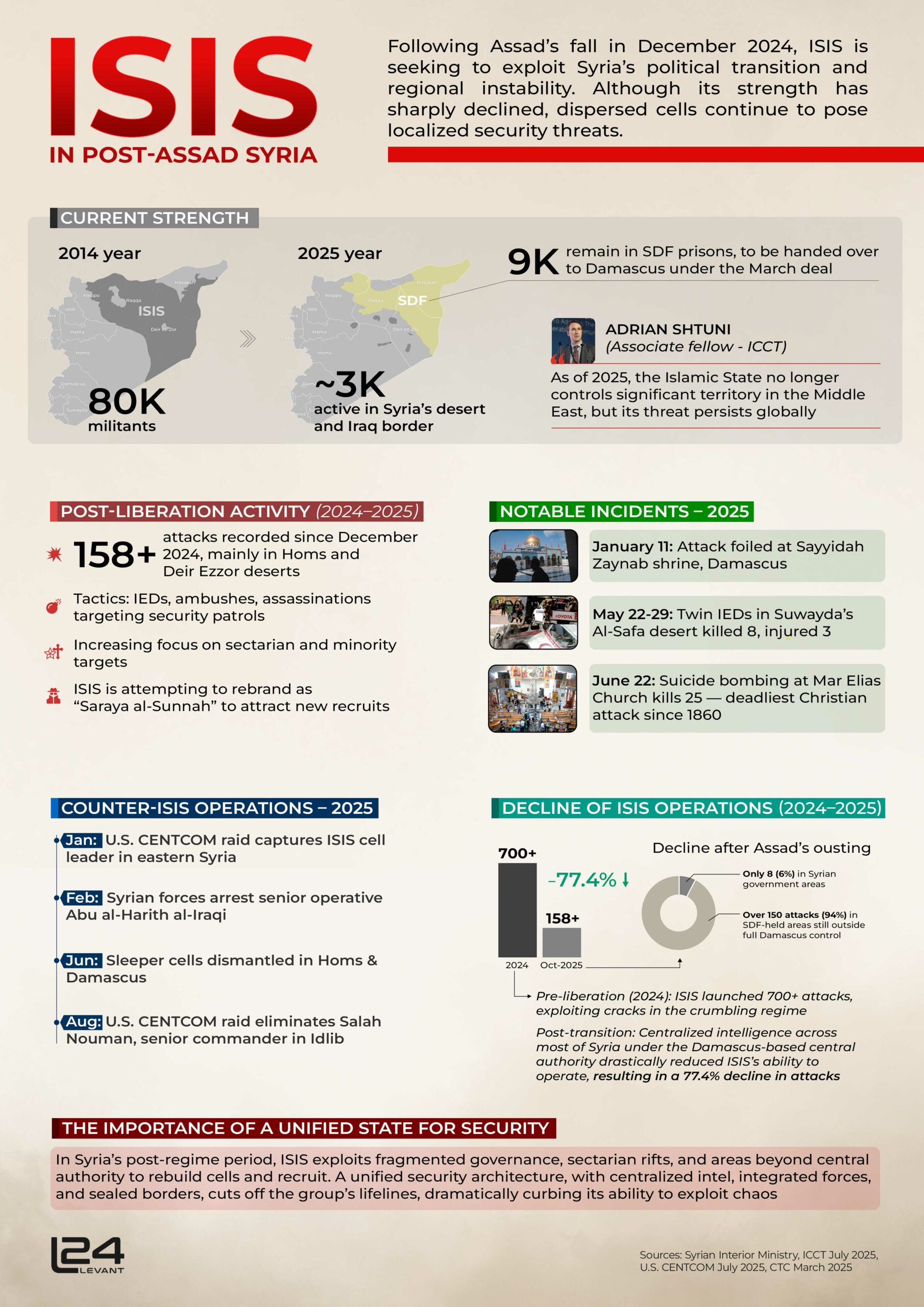
Even the counter-ISIS fight can be politicized. In Hasakah and Deir Ezzor, the SDF launched sweeping raids this summer, arresting dozens. The group claimed 51 ISIS suspects were detained. Local activists countered that many of those held were pro-Syrian government or critics of SDF rule. “They raise the ‘ISIS threat’ whenever Turkish pressure increases or talks with Damascus stall,” a former SDF member said.
Such actions risk feeding the insurgency’s narrative. Nouruddin al-Baba, warns that ISIS is actively trying to inflame sectarian divides, particularly in Suwayda, home to Syria’s Druze minority. “It’s not just military operations—it’s a political strategy to fracture society,” he said.
Yet UN officials caution against seeing battlefield wins as enough. The UN’s top counterterrorism official, Vladimir Voronkov told the Security Council that ISIS “seeks to regain operational capabilities by exploiting separatist and sectarian tensions.” He also warned that dire conditions in SDF-run detention camps—like the notorious Hawl camp—remain a “fertile ground” for extremism.
Camps and Prisons: An Achilles’ Heel
Perhaps the greatest vulnerability lies in Syria’s northeast, where the SDF still detains some 10,000 ISIS fighters and up to 40,000 family members. Hawl camp alone houses nearly 50,000 people, including women accused of indoctrinating children as the next “cubs of the caliphate.”
Earlier this year, a Syrian government delegation, accompanied by US and coalition officials, visited Hawl for the first time. The move signaled a shift: under Assad, Damascus had no access to the camp. Now, talks are under way to repatriate Syrian residents and bring detention facilities under national authority.
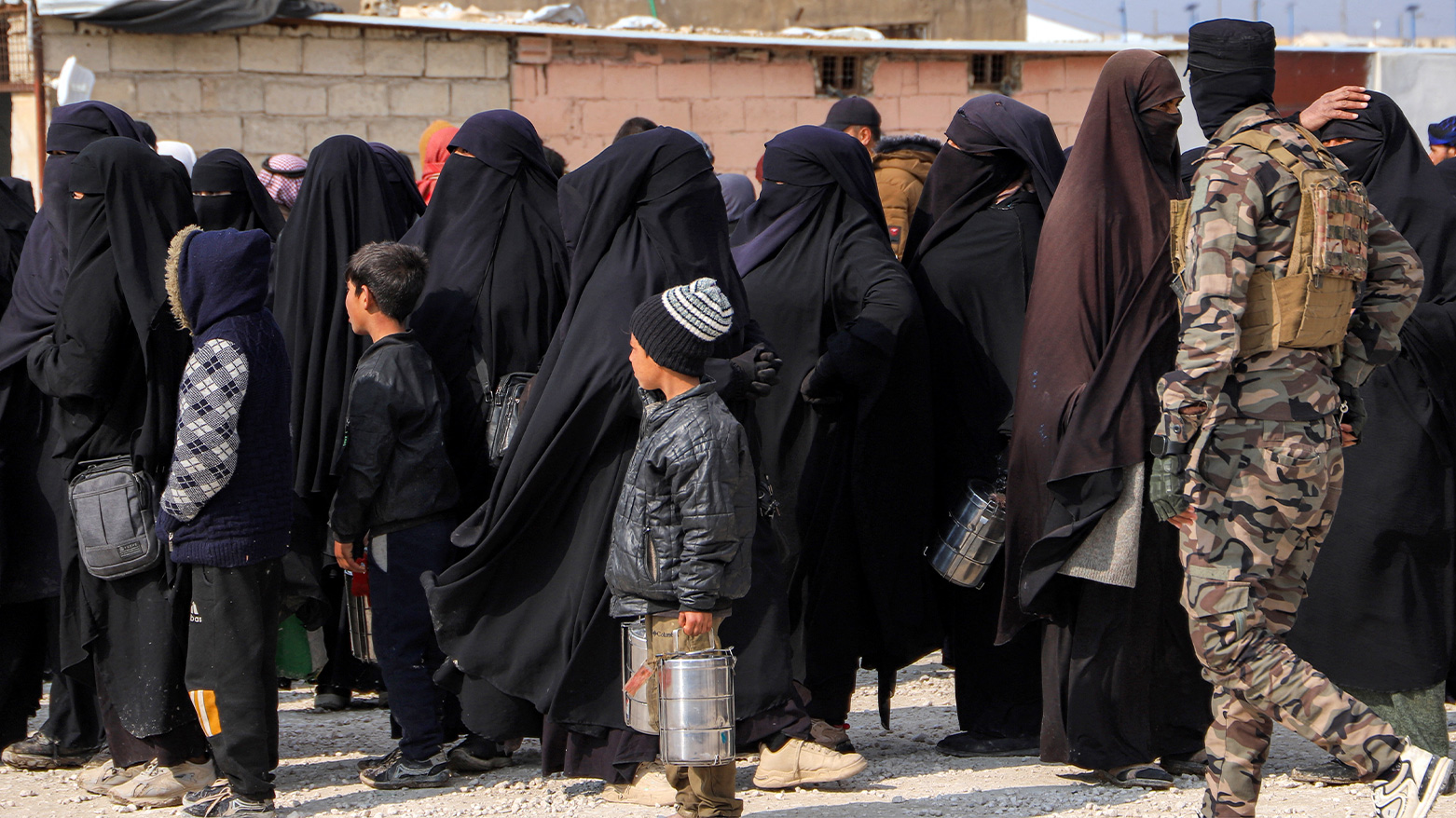
“This was the first visit of its kind, and it showed the government’s willingness to receive its citizens back,” said Jihan Hanan, an administrator at Hawl. Future meetings are planned. Such moves by the government may help counter what has come to be known by some analysts as the “ISIS card” a “significant tool of influence”—or political blackmail—for the SDF.
Regional and International Stakes
Despite differences over Syria’s future, and the detainee issue, international actors have stepped up joint operations. In August, coalition forces and Syrian security services killed an Iraqi ISIS leader, Salah Noman, during a raid in Idlib. Days later, CENTCOM announced the death of another senior ISIS financier in northern Syria.
In early September, CENTCOM commander Adm. Charles Bradley Cooper visited Damascus to discuss cooperation against ISIS and establishing regional stability. August and September saw an increase in coalition anti-ISIS activity and for the first time since Assad’s fall Turkish and Syrian security forces conducted joint anti-ISIS operations.
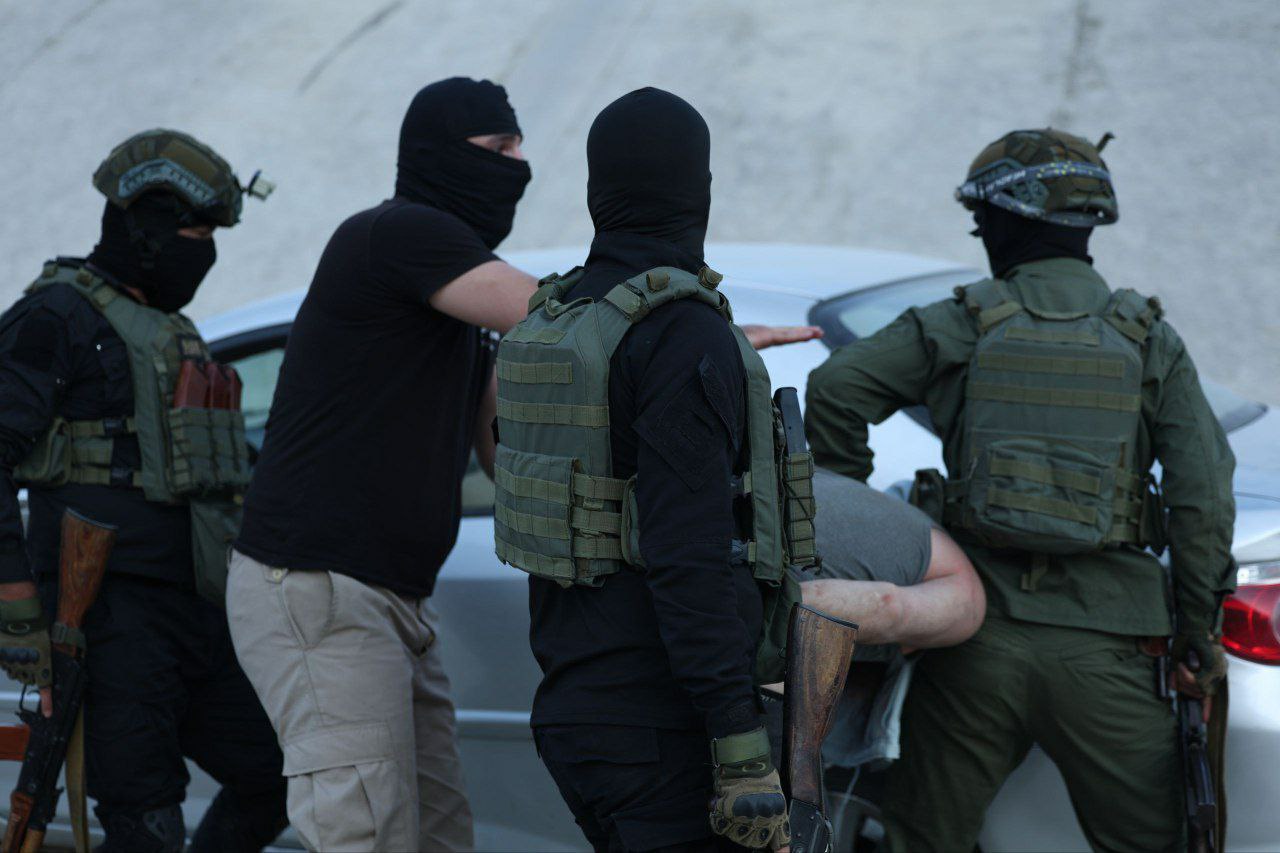
Regionally, Syria continues to build security and intelligence sharing mechanisms, having joined with Turkey, Jordan, and Lebanon in a counterterrorism alliance, while also engaging US, European and Arab security apparatuses in broader efforts to ensure international cooperation and confidence.
A Trial By Fire
Syria’s government faces a trial by fire, ISIS’s resurgence poses a double challenge: the need to prove its legitimacy through security, and the need to unify fractured authorities under one command.
“The Syrian state is the only actor with a real interest in eliminating ISIS, but it cannot do so alone,” Sharifa said. “Integration of the SDF, dismantling safe havens, and genuine international support beyond politics are all required.” Whether Syria’s fractured institutions can hold that line will determine not just the fate of ISIS, but the credibility of the country’s first attempt at stability after over a decade of war.

